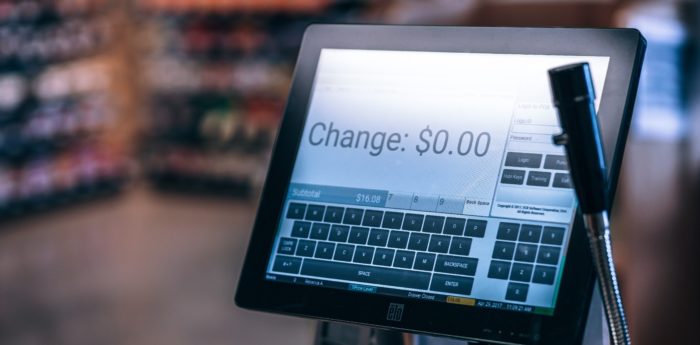Originally published in Morning Consult
By Doug Straton
Here in the United States, we drive on the right side of the road. What do we do when we travel to places that don’t? We adapt.
It’s the same with the future of retail. Many of the transformational consumer technologies that seemed like far-out ideas on the CES Show floor a few years ago, from one-push and voice ordering to unmanned stores and driverless product delivery, are now closer to reality than any of us expected them to be.
Does that mean manufacturers and retailers should throw up their hands? Not a chance. Instead, we adapt. While we may have to develop new behaviors and approaches to connect with consumers in 2019 and beyond, the core principles remain the same.
Here are some specific ways the retail experience will continue to transform in 2019 – and my perspective on the opportunities ahead.
Get Ready for 24-7 On-Demand Convenience
The path to purchase is getting shorter by the day. One-click ordering has been around for a long time and voice-activated devices are now becoming ubiquitous. But the buildout in delivery services infrastructure means that those one-click orders can now arrive at your door in as little as 30 minutes.
I don’t expect services like voice-activated at-home purchases or on-demand delivery will ever become the primary way most people shop. But in many cases, they are significantly shrinking the time between a consumer’s moment of want and order fulfillment.
This development presents both challenges and opportunities for retailers. On one hand, the sometimes shortened path to purchase means occasionally there’s less time to influence purchasing decisions. On the other, on-demand convenience means we can focus on highly effective touch points like targeting our outreach to the specific times and places in which people are most likely to be responsive.
For example, if you know that people are most likely to purchase your product through on-demand services between 3 and 6 p.m. each day, you probably don’t want to be pushing ads out hours later. Instead, you want to be reaching those potential consumers right before or during that 3-to-6-p.m. window. You’ll be far more likely to earn those all-important impulse buys than you would be via a spray-and-pray marketing strategy.
Click-and-Collect Continues to Grow, on Consumer’s Terms
Retailers used to have total control over the shopping experience. Consumers would have to travel to the store, pull out a basket or cart, browse the aisles, then head to the check-out counter. Shoppers were participants, not the ones calling the shots. And retailers helped shape consumer behavior based on what they stocked on the shelves and where they placed items.
These days, the opposite is true. When consumers opt for brick-and-mortar shopping, they often choose retailers based on which stores have their preferred items currently in stock based on online inventory trackers, if not which stores will have those items ready for pick-up at the front of the store as soon as they arrive. It’s no longer just about retailers telling shoppers, “Serve yourself.” Now it’s shoppers telling retailers, “Serve me.”
To be sure, most shopping still happens in the traditional way, with consumers going to stores that design the experience around brands and categories and not just their convenience. But that doesn’t mean there isn’t room to grow and learn. No matter what the store looks like, it’ll remain important to study and react to the whims of consumers. The in-store experience you hope to perfect, after all, is meant to serve them.
Don’t Be Afraid of Unmanned Stores
Unmanned stores – self-service retailers where customers are automatically charged for the items they select when they depart – are fast becoming a reality. Amazon is pledging to expand its fleet of cashier-less Amazon Go convenience stores around the country. Walmart is developing its own version of the service with “Sam’s Club Now” retailers. Even 7-Eleven is getting in on the action, using facial recognition technologies in Japan to make cashiers a thing of the past.
The result will be increasingly frictionless shopping and checkout experiences. While that’s a good thing from the consumer’s perspective, retailers are apt to see the development as a threat to key shopper touch points and unplanned buys. But just like retailers figured out how to incorporate last-minute snack options into self-checkout, brands will find new opportunities in these unmanned store experience by working to understand their shoppers’ behaviors in these new scenarios and finding the appropriate ways to connect with them. For example, when people stop by a retail locker to pick up items they purchased online, why not take the opportunity to suggest via the check-in screen that they add a ready-to-go snack to their purchase?
Once again, the future of retail in 2019 and beyond might be radically different from anything we’re used to, but that doesn’t mean we’re all going to be left behind. We need to change, to really and truly build our businesses around putting the consumer first. Like we need to do when we’re navigating a foreign land, it’s time to go with the flow.
Doug Straton is the chief digital commerce officer at The Hershey Co., in Hershey, Pa.

